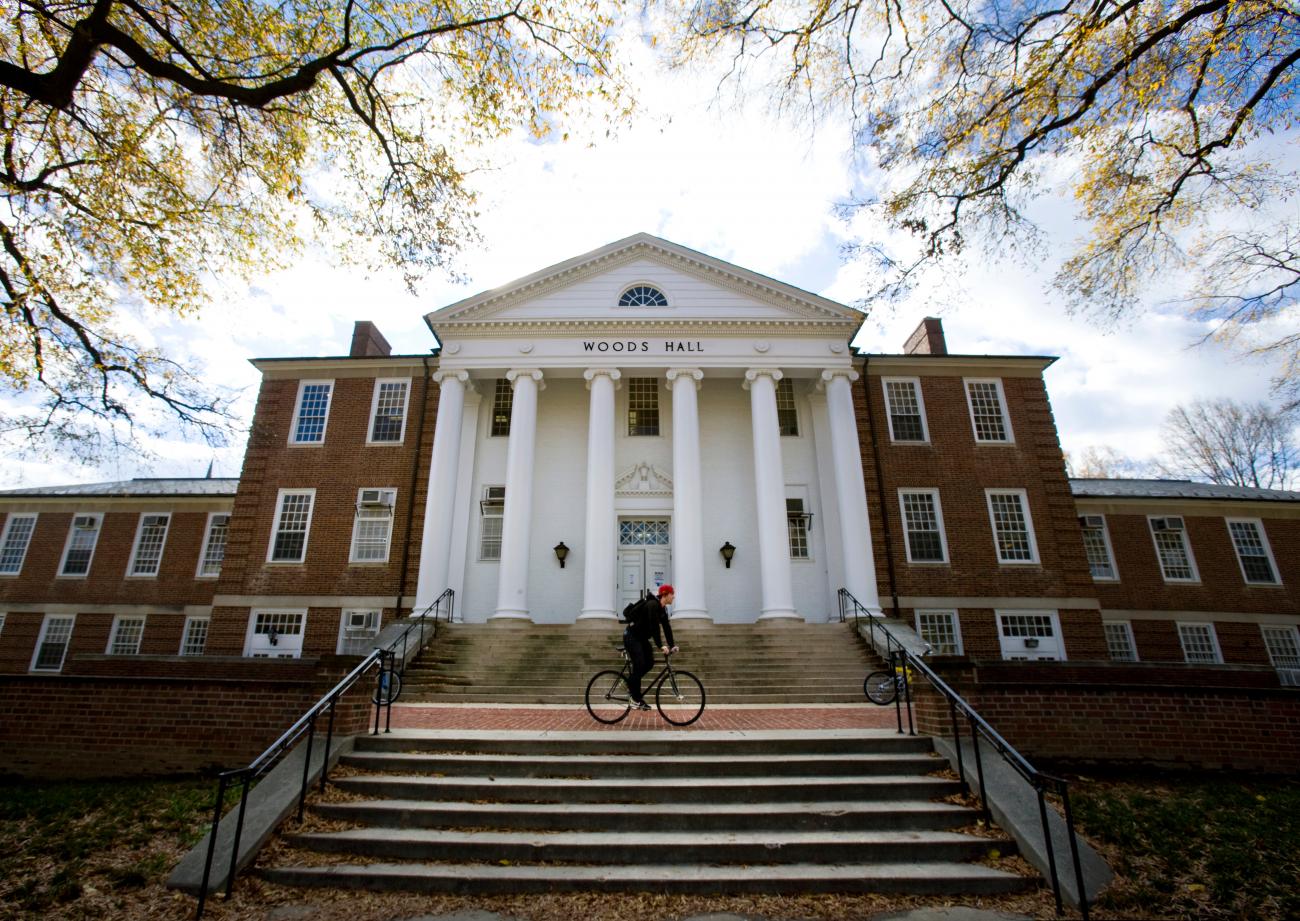Listen to the story here.
When you’re an archaeologist, you get used to digging, and digging, and digging some more, and coming up with not much. But sometimes, you find buried treasure.
Kate Deeley is standing in a sun-filled lab at the University of Maryland holding just such a treasure. It’s a very old button — more than 100 years old — and she and her colleagues believe it once belonged to an African-American buffalo soldier named William Gardner.
“It’s got the eagle, the seal and the arrows on one side, and olive branch on the other,” she says as she gingerly places the button on a table.
Until a few months ago, this tiny artifact was buried deep in the backyard of a house that once belonged to Gardner’s family in Easton, Md. Now, it’s become a symbol of how one of the nation’s oldest African-American neighborhoods — “the Hill” — is rediscovering its past.
“The Hill is a captivating place… I mean, it’s beautiful,” says Mark Leone, an anthropology professor at the University of Maryland. He’s led archaeological digs all over our region for decades, but says this project is particularly captivating to him.
“I’ve never seen an African-American community own an archaeological site like this,” he says. “Folks were walking in every day, wanting to know how their archaeology was.”
One of those keen to watch this archaeology unfold was Carlene Phoenix. She’s the president of the preservation group Historic Easton, and she spent part of her childhood on the Hill.
“This was our comfort zone,” she says. “Everything was here… I think we only had to venture out for shoes and clothes. We had barbers and beauticians and we had grocery stores and clubs for children and taxi stands. Everything was here for us.”
These days, those businesses are gone. But Phoenix says even with all the Hill has lost, this neighborhood is still remarkable.
“We’re family, and when we see one another, we acknowledge each other. We’re just overly friendly people here in Easton,” she says.
And as with any family, some stories get passed down, and others are forgotten. Local historian Priscilla Morris says one of the forgotten pieces has to do with the Hill’s origins.
“If you look at the U.S. Census, the first census in 1790, you see it was a densely populated area of free African-Americans, and many of the surnames are the same family names of people who live here now,” she says. “So it’s a long tenure.”
That tenure may put the Hill in competition for the title of oldest African-American community in the U.S., a title that currently belongs to the Treme neighborhood in New Orleans.
And Morris says there are other intriguing questions yet to be answered about the Hill. For example: How did such a large community of free African-Americans survive — and thrive — in a region so entrenched in slavery? And is it possible these free African Americans may have helped Harriet Tubman ferry slaves to freedom as part of the Underground Railroad?
“It’s going to take qualified scholars to take a look at that question,” says Morris. “But it’s a question worth asking. Given the density of the free population here, it certainly would be a comforting place for someone trying to make an escape to find some help.”
Answering these questions will take a fair bit of sleuthing, and Morris and other researchers have been poring over land records and genealogical info for clues. In the meantime, Carlene Phoenix says all this interest in the past means a lot for the Hill’s future.
“Everybody just considered this the blighted neighborhood, where the crime is high and the drug dealers stand on the corner. But now that people know the history and they’re seeing the interest, then it just gives them pride to say, ‘I’m living in a neighborhood that is not what society says that it is,’” she says.
The research into the Hill’s past will continue this winter, as researchers at the University of Maryland analyze the artifacts they pulled out of the ground over the summer. Professor Mark Leone says they’re also building a database with the names of slaves who lived in the area so that modern-day residents can begin to fill in the missing pieces of their own stories — and of the Hill’s history.
“Are any of these descendants alive on the Hill? Well, that’s for people on the Hill to look for,” he says. “That’s not an assignment — that’s a request they themselves have made.”
Leone and his students will also be back on the Hill for another dig next summer, in the hope of uncovering more of this area’s long-buried secrets.



